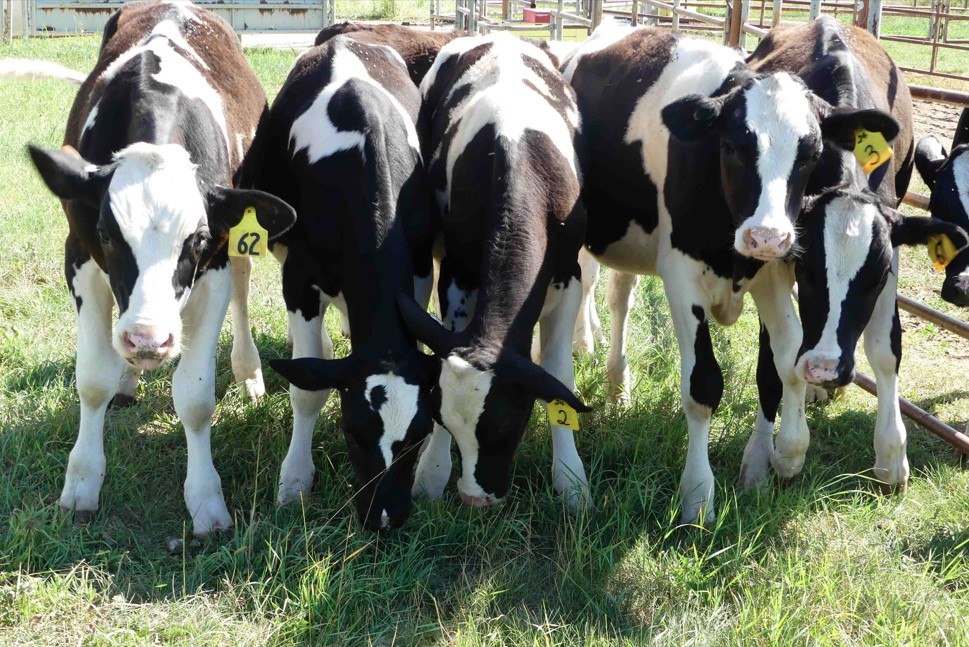
Innovative calf gut loop model advances research and reduces animal use
A groundbreaking gut loop model developed at VIDO is advancing intestinal immunity research in calves, helping reduce animal use while offering new hope in the fight against Johne’s disease.
By Caitlin GillAn innovative animal model developed at the Vaccine and Infectious Disease Organization (VIDO) at the University of Saskatchewan (USask) is transforming how scientists study immune responses in the gut — and it has proven to help reduce the number of animals needed in research.
The gut loop model, pioneered by Dr. Philip Griebel (DVM) — a Western College of Veterinary Medicine (WCVM) graduate and longtime VIDO scientist and USask professor (emeritus) — offers researchers a more precise and humane way to study intestinal immunity in young calves.
This model is now being used to investigate Johne’s disease, a chronic and debilitating intestinal illness that affects cattle and other ruminants. Caused by Mycobacterium avium subspecies paratuberculosis (MAP), Johne’s disease is notoriously difficult to detect and control. The gut loop model allows researchers to observe the early interactions between MAP and the intestinal immune system.
“Johne’s disease starts in the gut, and it can take years before an animal shows clinical signs,” explained Dr. Antonio Facciuolo, VIDO scientist. “This model allows us to study those early-stage immune responses in calves, giving us a clearer picture of how the disease progresses and where we might intervene.”
The gut loop model involves creating surgically isolated “loops” within a single calf’s small intestine. Each loop can be exposed to a different treatment or pathogen, allowing researchers to compare localized immune responses — all within one animal. Not only does this allow for much more detailed, localized insights, it also reduces variability in results — since each animal serves as its own control — and significantly reduces the total number of animals required for a study.
“It’s a more efficient and scientifically powerful way to study the gut,” Dr. Facciuolo said.
The model has wide applications beyond Johne’s disease — from exploring how calves respond to enteric pathogens like E. coli and rotavirus, to testing oral vaccines, probiotics, and other therapeutics designed to protect gut health.
The gut loop approach aligns with VIDO’s goal of embracing the 3Rs of ethical animal research: Replacement, Reduction, and Refinement. It reduces variability in experiments, limits the need for terminal procedures, and helps ensure the highest level of animal welfare.
Griebel’s pioneering work continues to shape infectious disease research at VIDO. And thanks to a new cross-campus collaboration with WCVM and its Veterinary Medical Centre, surgeries using the gut loop model will take place in a specially outfitted surgical suite — a partnership that will also provide USask veterinary students with rare exposure to complex abdominal surgery.
By combining scientific innovation with a deep respect for animal welfare, the gut loop model stands as a legacy of Dr. Griebel’s career — and a vital tool in the fight against one of the livestock industry’s most challenging diseases.

